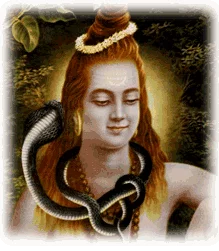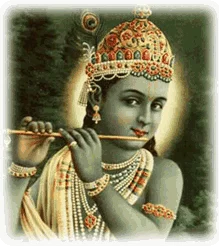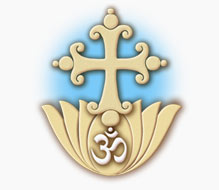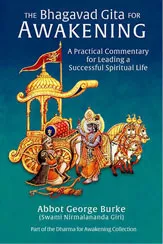Podcast: How to Pronounce the Soham Mantra in Meditation
Soham Yoga is based on the science of spiritual sound. A mantra is a series of sounds whose effect lies not in an assigned intellectual meaning, but in an inherent sound-power that can produce a specific effect physically or psychologically.
Three Questions About Effective Meditation
Never be discouraged. Billions of people are not taking to sadhana, but you have. So you are a very rare person, indeed. You would never have begun to try if you were not able to succeed.
How to Easily Increase Your Meditation Time
A response to someone who asked how increase their meditation time from meditating 30 minutes to 3 hours of meditation.
What Is the Mind?: A Meditator’s Guide, Part 1
What is the mind? Sanskrit and Pali have the same word for mind: mana. Mana comes from the root verb man, which means “to think.” However, mind takes in more territory than the intellect; it includes the senses and the emotions.
Seven Signs of Progress in Meditation
In “Journey to Self-Realization”, a collection of talks by Paramhansa Yogananda, at the end of the talk entitled “The True Signs of Progress in Meditation,” he gives the following list of seven indications of progress in meditation:
What and Why is a Sadguru –The Tradition of the Nath Yogis
There is a tremendous amount of mythology current in the world (including India) as to what constitutes a true guru. In the view of the original yogic tradition of the Nath Panth, the definition is very simple. A sadguru is someone who knows the way to the Real, the Sat, and can teach and guide seekers.







